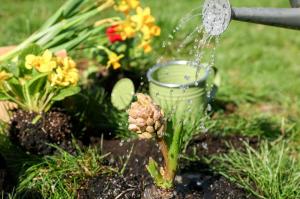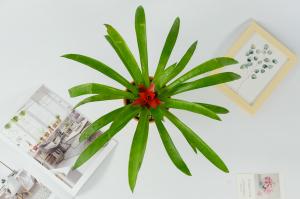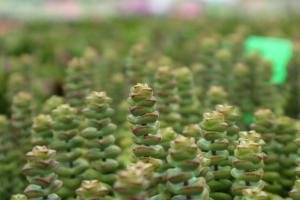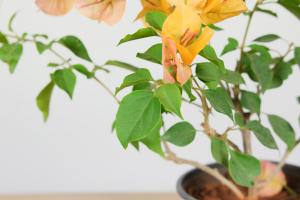Why is my rubber tree plant dying?
Rubber tree plants, also known as Ficus elastica, are popular houseplants due to their easy care and beautiful foliage. However, sometimes these plants can start to look unhealthy and even die. Here are some common reasons why your rubber tree plant may be dying.
1. Lack of light
Rubber tree plants need bright, indirect light to thrive. If your plant is not getting enough light, it may become weak and susceptible to disease. Make sure to place your plant near a window that receives bright, indirect sunlight for a few hours each day. If natural light is not available, you may need to supplement with artificial grow lights.
2. Overwatering
Overwatering is one of the biggest culprits of a dying rubber tree plant. Too much water can lead to root rot, which can quickly kill your plant. Make sure to allow the soil to dry out slightly between waterings and never let your plant sit in standing water. You can also consider using a well-draining soil mix to prevent water from accumulating at the bottom of the pot.
3. Underwatering
On the other hand, underwatering can also cause your rubber tree plant to die. If the soil is allowed to completely dry out, the plant may go into shock and start to drop leaves. To prevent this, water your plant when the top inch of soil is dry to the touch.
4. Low humidity
Rubber tree plants prefer higher humidity levels to survive. If the air in your home is too dry, your plant may start to show signs of distress. You can increase humidity by placing a tray of water near the plant or by using a humidifier.
5. Pest infestation
Pests such as spider mites, mealybugs, and scale insects can quickly wreak havoc on your rubber tree plant. Keep an eye out for signs of pests, such as webbing or sticky residue on the leaves. If you notice an infestation, treat it promptly with insecticidal soap or neem oil.
6. Temperature extremes
Rubber tree plants prefer a consistent temperature range between 60-85°F (15-29°C). Exposure to extremely cold or hot temperatures can damage your plant and cause leaf drop. Make sure to keep your plant away from drafty doors or windows and avoid placing it near heating or cooling vents.
Conclusion
Rubber tree plants are beautiful and easy to care for, but they do require some attention to remain healthy. By providing adequate light, watering correctly, maintaining humidity levels, preventing pest infestations, and avoiding temperature extremes, you can help your rubber tree plant thrive and avoid dying.

 how many times do yo...
how many times do yo... how many planted tre...
how many planted tre... how many pine trees ...
how many pine trees ... how many pecan trees...
how many pecan trees... how many plants comp...
how many plants comp... how many plants can ...
how many plants can ... how many plants and ...
how many plants and ... how many pepper plan...
how many pepper plan...
































